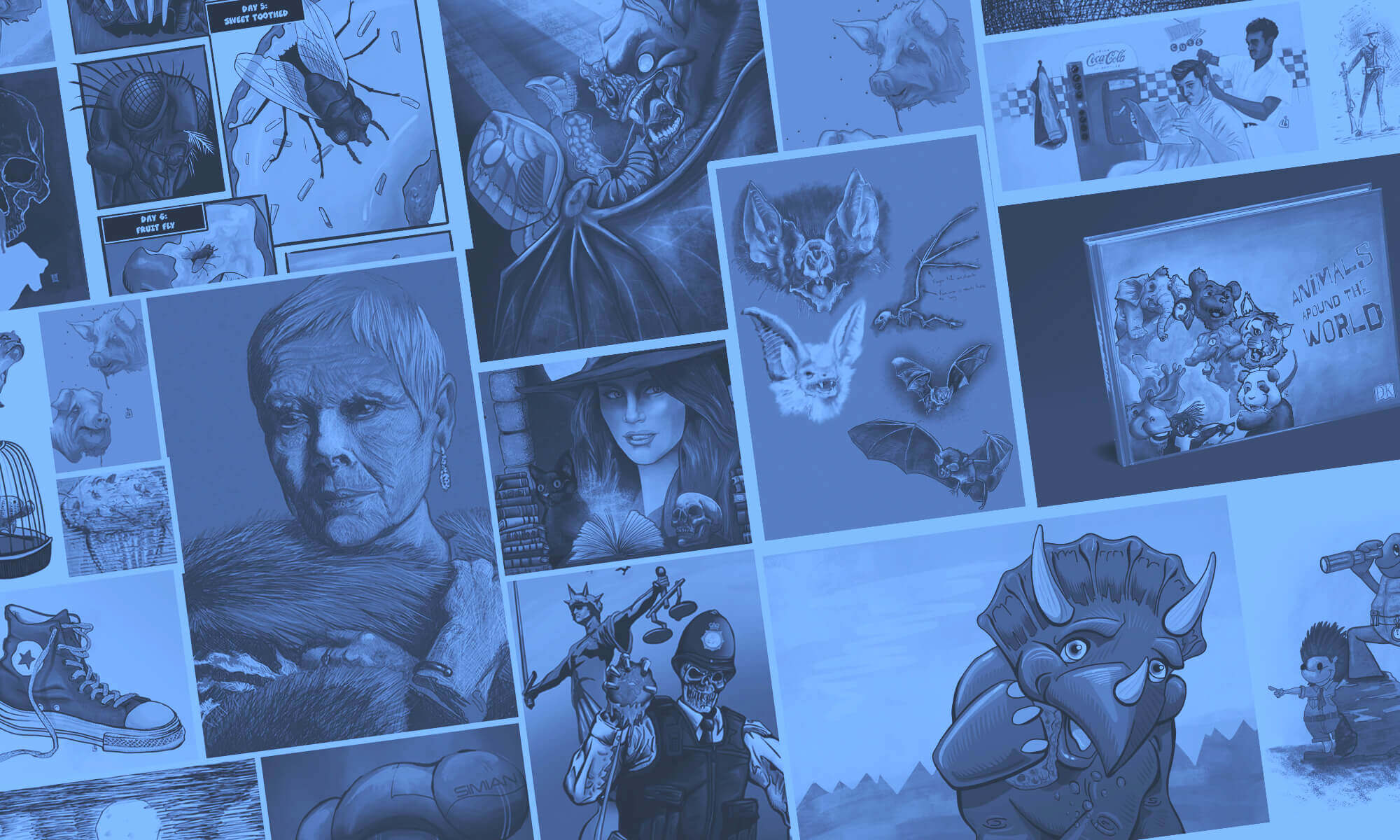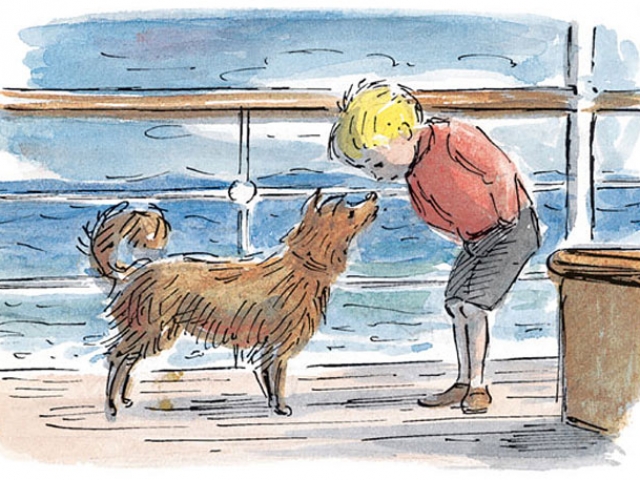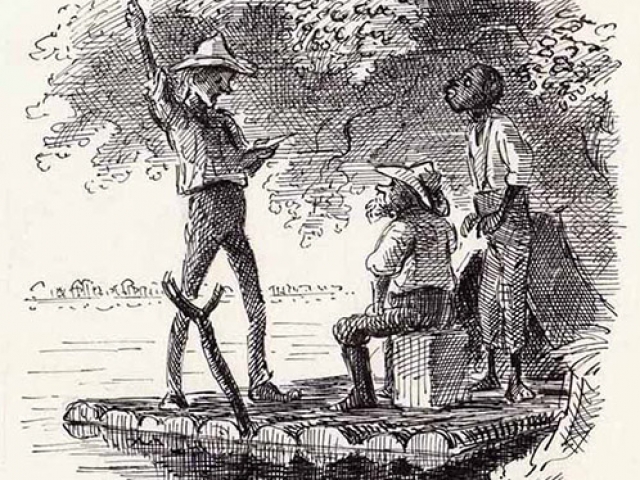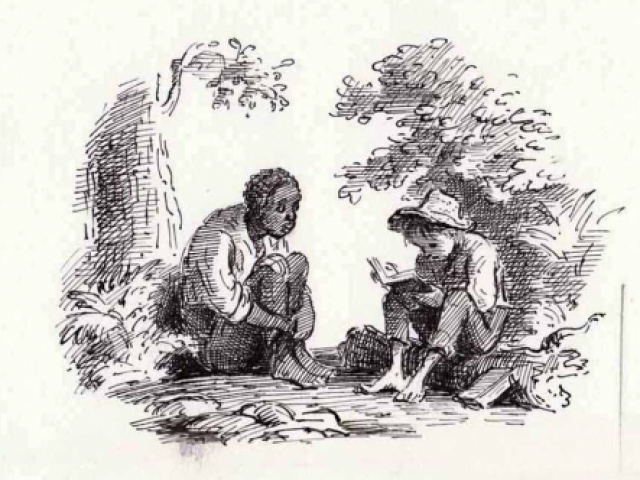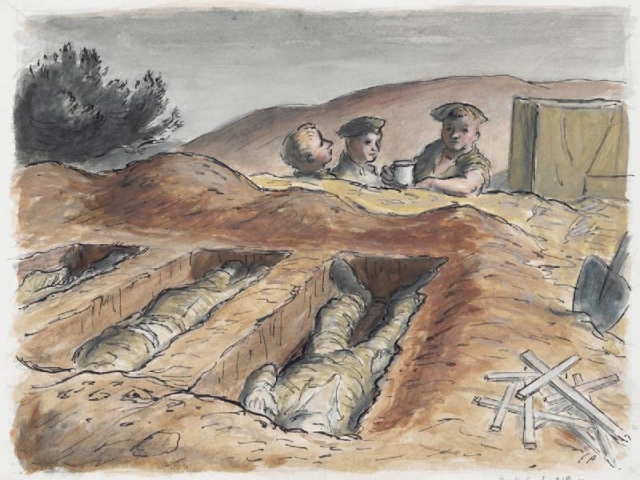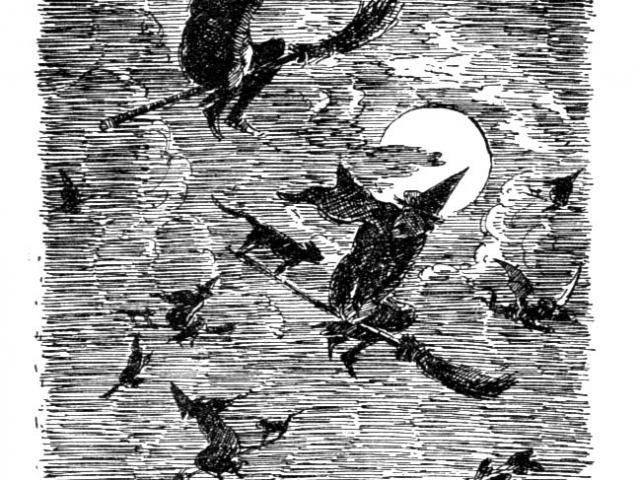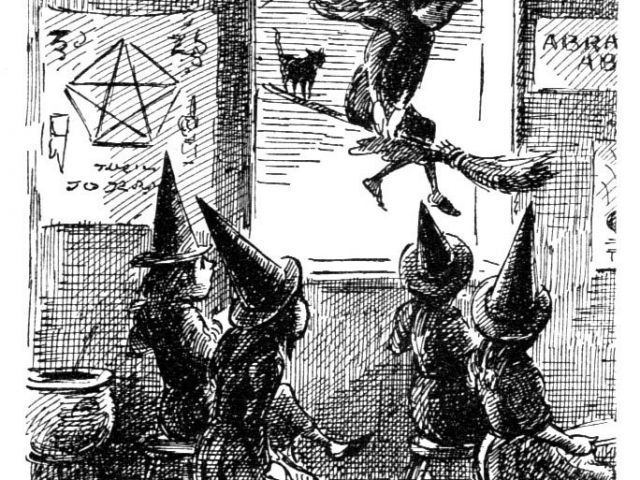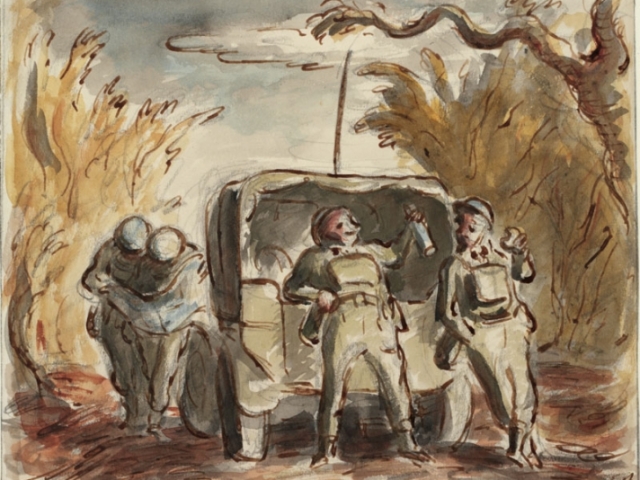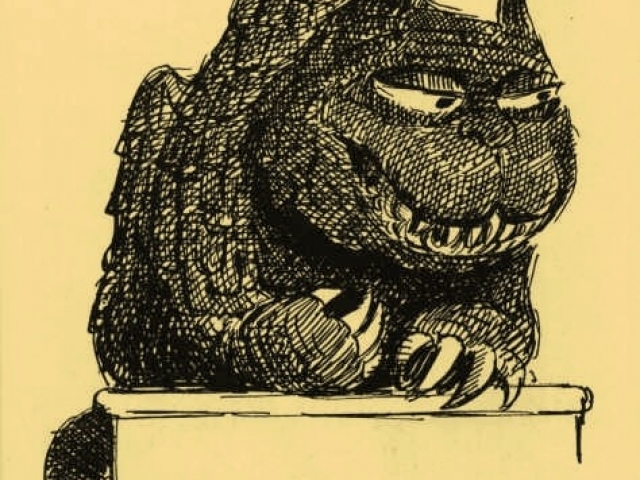From the list of Illustrators I decided to study Edward Ardizzone for several reasons, the main one was I really liked the way his marks depicted the form of his subjects, they are quite chaotic on close inspection but when viewed at a distance was amazingly descriptive. His line work also interested me, he used a lot of unfinished and broken lines, simple gestures that seemed to define a lot.
He lived through WWII as an official wartime artist, when I first read this and i saw his work I thought he was a strange choice for this role. I’d only seen a few images, all from children’s story’s etc, as his style is very lighthearted and I couldn’t imagine how his art would represent something so bleak, but when I saw his work it made sense why he had been chosen. The war illustrations I saw didn’t have the gravity or severity of the situation they portrayed, they had a very positive attitude which would have been important to pacify the people fighting the war indirectly at home, keeping them hopeful of a short war a quick victory and safe return of loved ones, It seemed to me this was achieved whilst still being a chronicle of this period in history and would certainly have been one of his prime goals.
Photography at this time would have been too graphic and alarming and likely distasteful, one of his Illustrations I found showed a soldier digging graves, whilst the subject matter was morbid the image was not, I should imagine that people seeing his wartime illustrations would be hard pressed to be panicked or upset, and that’s why in the end he seemed a perfect choice for the task.
I tried to find out as much as I could about the techniques he used, it seemed to be mainly line and wash watercolour images and lithograph prints, his watercolour art was a lot more subtle and softer, while the lithograph relied heavily on the hatching technique, both disciplines demonstrated his great sense of rendering light and form, it was this observation which drew me (no pun intended) to learn more from this artist.
